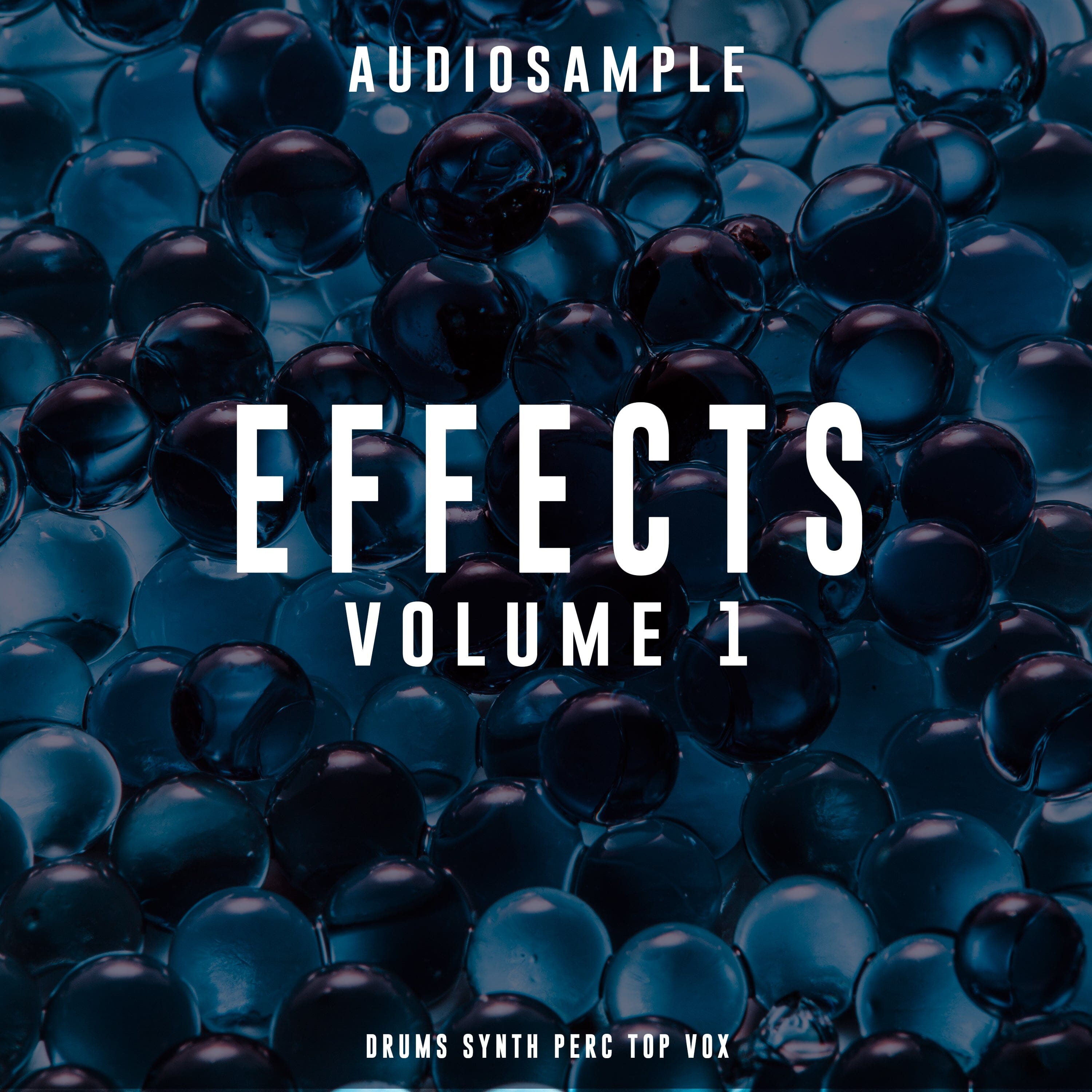Creating a kick drum sound is essential for any music producer, whether you're producing techno, house, or any other electronic music genre. One way to create a kick drum sound is by using a modular synthesizer. In this article, we will guide you through the process of creating a kick drum sound using a modular synthesizer.

Choosing the Right Modules
Before you begin patching your modular synthesizer, you need to make sure you have the right modules. For creating a kick drum sound, you will need a VCO (Voltage Controlled Oscillator), an envelope generator, a VCA (Voltage Controlled Amplifier), and a noise generator. You can also add a filter and a mixer for further customization.
Patching the Modules
Once you have the required modules, it's time to patch them. Start by patching the output of your VCO into the input of your fist VCA. Then, patch the output of your envelope generator into the control voltage input of your VCA. This will allow you to control the amplitude of the sound using the envelope generator.
Next, patch the output of the second VCA into the frequency modulation input of your VCO. The second VCA is receiving the signal from the second envelope. This will help you to shape the kick sound using the pitch modulation. At the end add a noise signal and control its volume with another envelopes. Mix the noise and the sine signal together to give to the sound a natural and organic feeling.
Adjusting the Envelope Generator
Now that you have patched your modules, it's time to adjust the envelope generator to get the right sound. Start by setting the attack time to zero and the decay time to around 50 milliseconds. This will give your kick drum sound a sharp and punchy attack. Next, adjust the sustain level to the desired amplitude. Finally, set the release time to around 200 milliseconds to allow the sound to decay naturally.
Adding Filters and Effects
If you want to add some more customization to your kick drum sound, you can add a filter and some effects. Patch the output of your VCA into the input of your filter, then patch the output of your filter into your mixer. You can use the filter to shape the sound of your kick drum and add some resonance to it. Finally, you can add some effects like distortion, reverb, or delay to add some character to your kick drum sound.
Conclusion
Creating a kick drum sound using a modular synthesizer is a fun and creative process that allows you to tailor the sound to your liking. By choosing the right modules, patching them correctly, and adjusting the envelope generator, you can create a kick drum sound that is unique and punchy.
Remember, the key to creating a great kick drum sound is experimentation. Try different combinations of modules, adjust the envelope generator, and add filters and effects to get the sound that you want.
If you want to learn more about Modular Synthesizers, be sure to check out our step-by-step tutorial in our academy
 |
How to start using modular synthesizersModular synthesizers are electronic musical instruments made up of a variety of components (modules) that are used and combined to create electronic sounds.... |
















